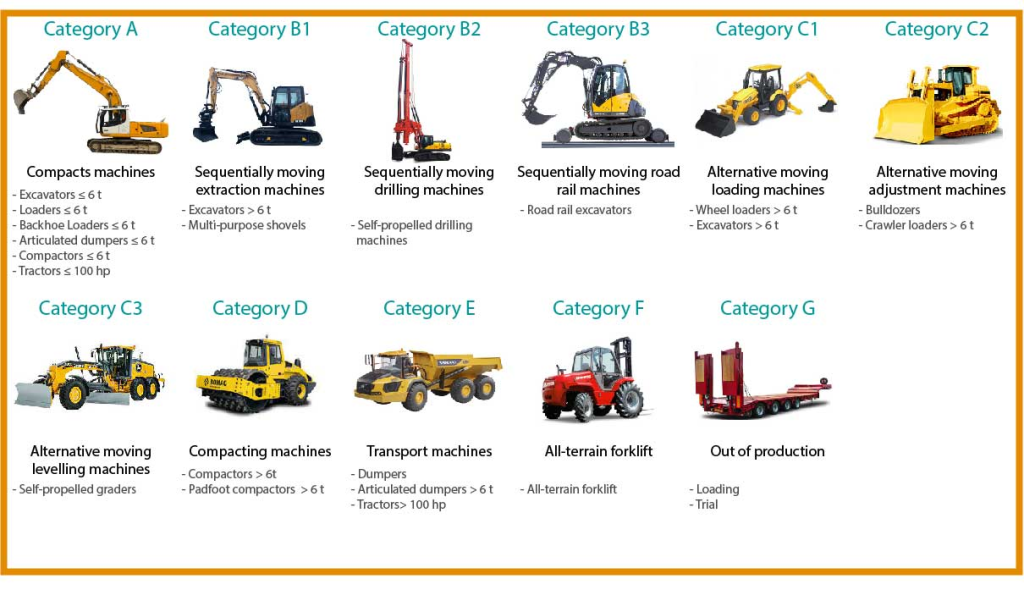Digging machines are essential in various industries, particularly in construction, mining, and excavation. They come in various types, each designed for specific tasks and applications. Below are some of the most common types of digging machines:

1. Excavators
- Description: Excavators are large, heavy-duty machines equipped with a boom, dipper (or arm), bucket, and cab on a rotating platform.
- Uses: They are primarily used for digging, lifting, and moving earth, as well as for demolition and site preparation.

2. Backhoe Loaders
- Description: Backhoe loaders combine a loader and a backhoe in one machine. They have a front bucket for loading and a rear digging arm for excavation.
- Uses: Ideal for small to medium construction projects, they are versatile for digging, lifting, and moving materials.
3. Bulldozers
- Description: Bulldozers are powerful machines with a wide, flat blade at the front. They are designed for pushing large quantities of earth and debris.
- Uses: Commonly used in site clearing, grading, and moving heavy materials, they are effective for bulk earthworks.
4. Skid Steer Loaders
- Description: Skid steer loaders are compact machines with a rigid frame and wheels that can turn independently, allowing for tight maneuverability.
- Uses: They are used for digging, grading, and lifting in small spaces, making them popular in landscaping and small construction projects.
5. Trenchers
- Description: Trenchers are specialized machines designed for digging trenches, typically for installing utilities or drainage systems.
- Uses: They can dig narrow trenches efficiently, and some models can handle various soil types.
6. Dragline Excavators
- Description: Dragline excavators are large machines with a long boom and a bucket that is dragged horizontally to scoop up material.
- Uses: They are mainly used in mining and large-scale excavation projects, especially for digging deep pits.
7. Long Reach Excavators
- Description: Long reach excavators have extended booms and arms, allowing them to dig deeper and reach further than standard excavators.
- Uses: Ideal for deep excavation work or projects where the machine needs to operate over a barrier, like a river or a wall.
8. Mini Excavators
- Description: Mini excavators are compact versions of standard excavators, designed for small-scale jobs and tight spaces.
- Uses: They are commonly used for residential construction, landscaping, and utility work.
Conclusion
Understanding the different types of digging machines is crucial for selecting the right equipment for specific tasks. Each type has its unique features and applications, making them suitable for various projects in construction, mining, and excavation. Choosing the appropriate digging machine can enhance efficiency and productivity in any operation.